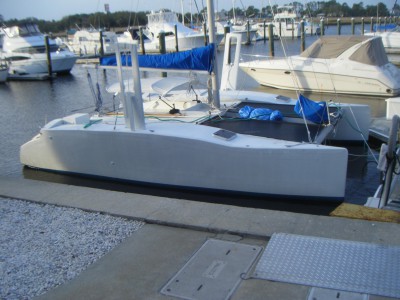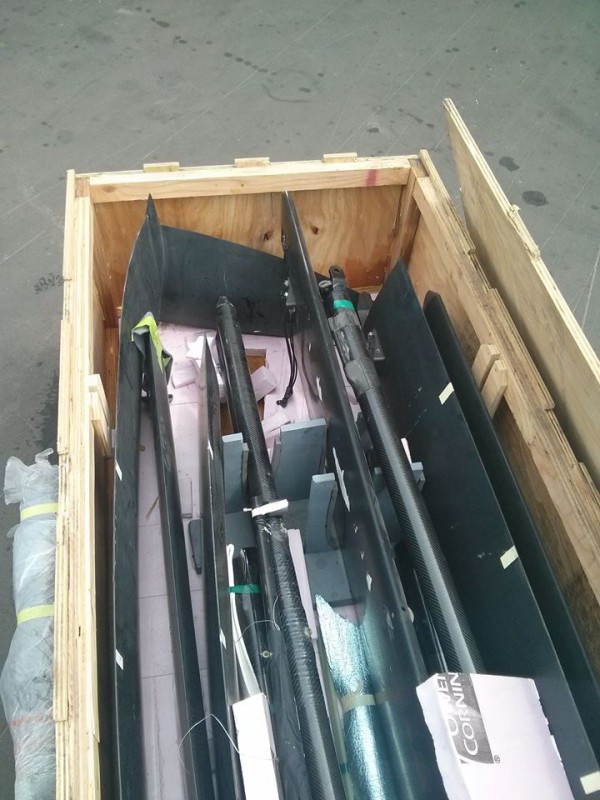I sometimes forget that not everybody knows what I and SM are. They are the basic language of the strength and stiffness of a beam or tube of any kind. Any beam should satisfy deflection, bending strength and shear strength. In a very long span, deflection will govern. Medium length, bending will govern, and with something short, like a chainplate, shear will govern.
When I specify an extrusion like a bow tube, I typically call out the moment of inertia it must have. The “I”. That is a language that any mast builder understands. I see that Richard Woods has called me lazy for doing that. I guess in lieu of declaring an actual section size. I prefer to call out moments instead so people can have some freedom in picking a section. Many might actually do the job.
With a round tube, this information in an Excel spreadsheet might do the trick. When I have more time I will post the spreadsheet. I can only do that from the laptop.
| SECTION PROPERTIES OF TUBES |
| enter O.D. in inches |
3.50 |
or mm. |
| enter I.D in inches |
3.00 |
or mm. |
| thickness |
in inches |
0.25 |
| SM= |
1.937065 |
inches to third power |
| I= |
3.389588 |
inches to fourth power |
| area |
2.7489 |
square inches |
Ok, now for SM paste in =(0.098168*((E3^4)-(E4^4)))/E3
with the sizes in the E column. Substitute these equations into the bold above.
For I, paste in, =0.04908*((E3^4)-(E4^4))
For area, for shear, paste, =(6.2832)*(E3/2)*(E5)
I have used these for so many years that I forget where I got them.







